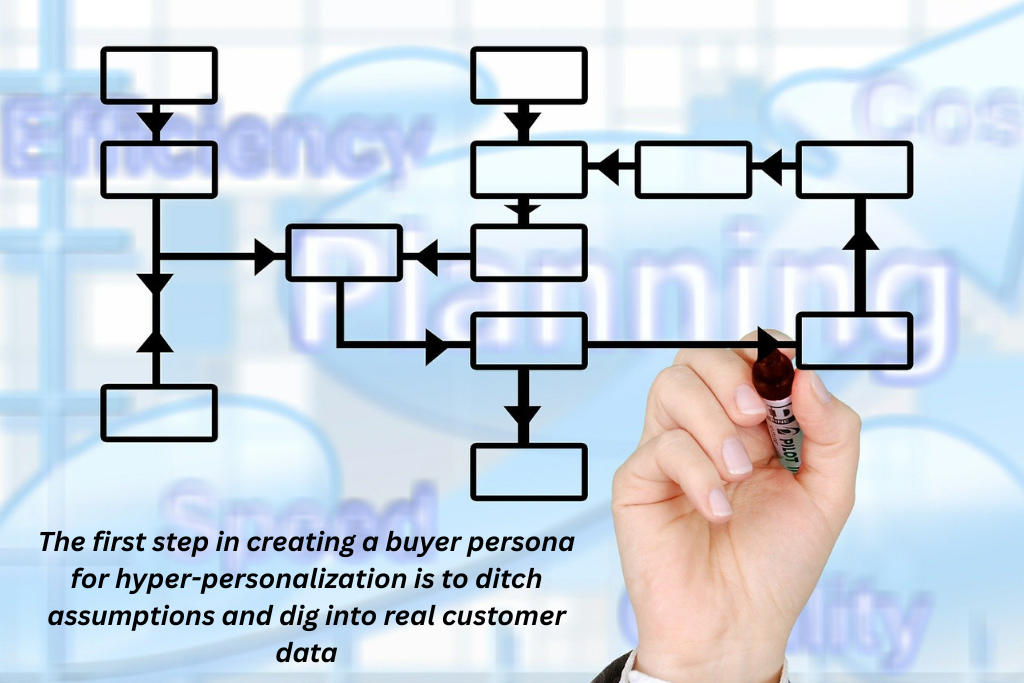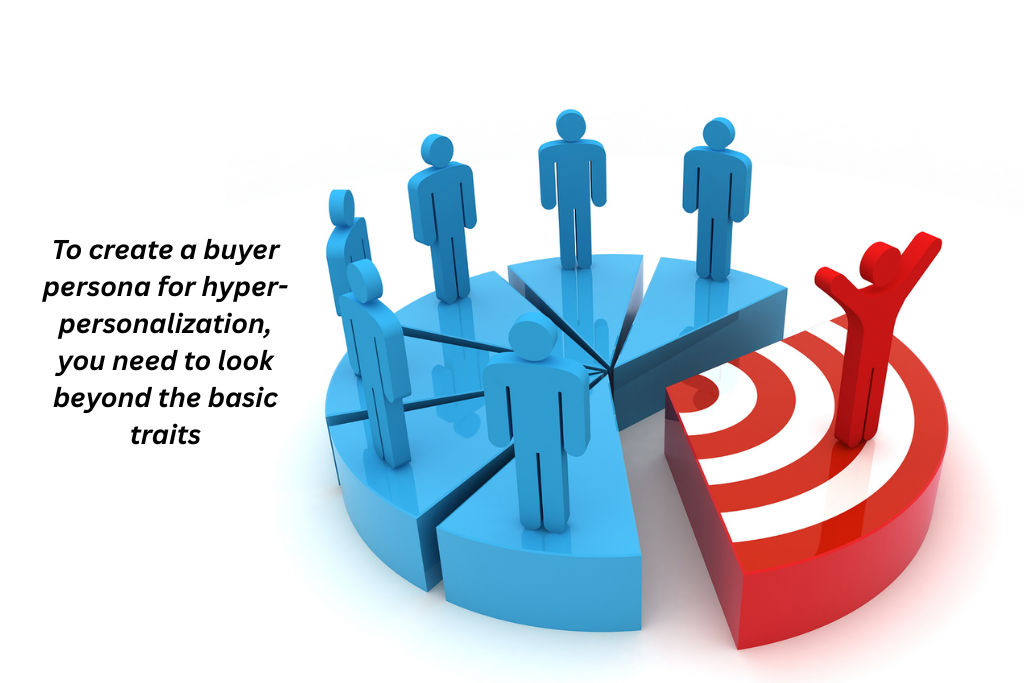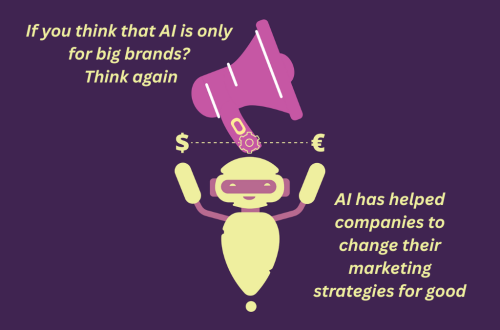
How SMEs Can Create a Buyer Persona for Hyper-Personalization
For SMEs, embracing hyper-personalization is not just a marketing trend, it is a strategic approach. In fact, it is a growth strategy that begins with creating a data-driven buyer persona. This buyer’s persona is not only detailed but is highly actionable. It sets the foundation for hyper-personalized marketing.
Unlike 10 years ago, today’s customer expects more than just personalized emails. Now they expect tailor-made experiences, and that’s what hyper-personalization does. Hyer-personalization goes beyond using the customer’s name in an email. On the contrary, it includes real-time data and behavioral insights. Both of them are necessary for predictive analysis and delivering relevant messaging. Hyper-personalization has become the most useful strategy for small and medium enterprises. Here’s how you can create a data-driven, highly actionable buyer persona to unlock its power.
Step 1: Gather Real Data
This is the first step in creating a buyer persona for hyper-personalization. However, you need to ditch assumptions and dig into real customer data. It’s because, guesswork might work for general marketing, but when you are into hyper-personalization, it requires accuracy. SMEs often overlook the rich insights that are already present in their systems. These insights are from web analytics to purchase history.
So first, analyze your existing customer base. Look for patterns and trends in the following areas:
Demographics:
- Age range of your buyers?
- Where do they live?
- What is their profession?
- Details about their gender, income level, and education
Behavioral Data
- The product they prefer to buy
- The product they ignore
- Which items get added to the cart but are not purchased?
- Which product excites or confuses them?
Traffic Sources
- How did customers find you? (the platform they came from)
- What are their support interactions? (queries, requests, and pain points)
Purchase History
- How often do they buy?
- Do they shop on weekends or during sales?
- Are they one-time buyers or repeat customers?

Step 2: Segment by Patterns
To create a buyer persona for hyper-personalization, you need to look beyond the basic traits. After gathering the real data, the next step is to focus on the traits like age or location of customers. This means that SMEs need to focus on the behavioral patterns of the customers by analyzing their age and geography. This will help you evaluate the reasons behind customers’ actions. This is where AI and analytics tools help you identify and segment customers based on what motivates them.
Instead of dividing your customers into groups of 15 or 30 years old, segment them based on their behavior. For example
The Deal Hunters
These are the ones who rarely buy at full price. They wait for sales or use coupons. These customers are attracted to discount-driven messages. That’s why, after segmenting them, you can personalize their content through loyalty rewards or promotions.
The Loyalists
These are your repeat buyers. They regularly open your emails and leave reviews. They also refer friends and stay engaged on their social platforms. Personalize their content with VIP perks, exclusive content, or early access offers.
The Window Shoppers
They browse frequently but rarely buy anything. These customers need more assurance. They look for social proof, testimonials, or sometimes, they are simply out of budget. To personalize their content, add more reviews from satisfied customers. Also, come up with the mini-versions of your product and keep their prices low. This strategy will encourage them to buy your products, test them, and then buy more.
Urgent Buyers
These users make quick decisions, often from mobile devices. You should make their path to purchase frictionless with one-click checkouts or SMS updates.
Step 3: Create a 360° Persona Profile
Now, build out detailed fictional profiles based on your segments. For example:
- Name:
- Demographics:
- Goals:
- Pain Points:
- Preferred Channel:
- Buying Trigger:
- Do this for 2–5 key personas max to stay focused
Step 4: Enrich With AI Tools
This step helps you move from general assumptions to highly targeted, actionable insights.
There are platforms like HubSpot, Klaviyo, and RetentionX to analyze customer behavior. They provide predictive insights that add depth to your personas, such as:
- Likelihood to Purchase Again
Know which customers are most likely to become repeat buyers so you can focus retention efforts where they count.
- Product Affinities
Discover what types of products each persona gravitates toward, allowing for smarter cross-selling and upselling.
- Best Time/Day to Contact
AI pinpoints when each segment is most responsive, helping you schedule emails or messages for maximum impact.
- Preferred Device or Channel
Understand if your audience engages more using mobile, desktop, email, or SMS. Then personalize the experience accordingly.
Conclusion
Working while understanding your customers helps you to offer them a better overall customer experience. Buyer personas can set a direction for SMEs. One of the worst misconceptions is to build buyer personas on assumptions or stereotypes. That’s why we use market research and customer interviews to get a better outcome.






